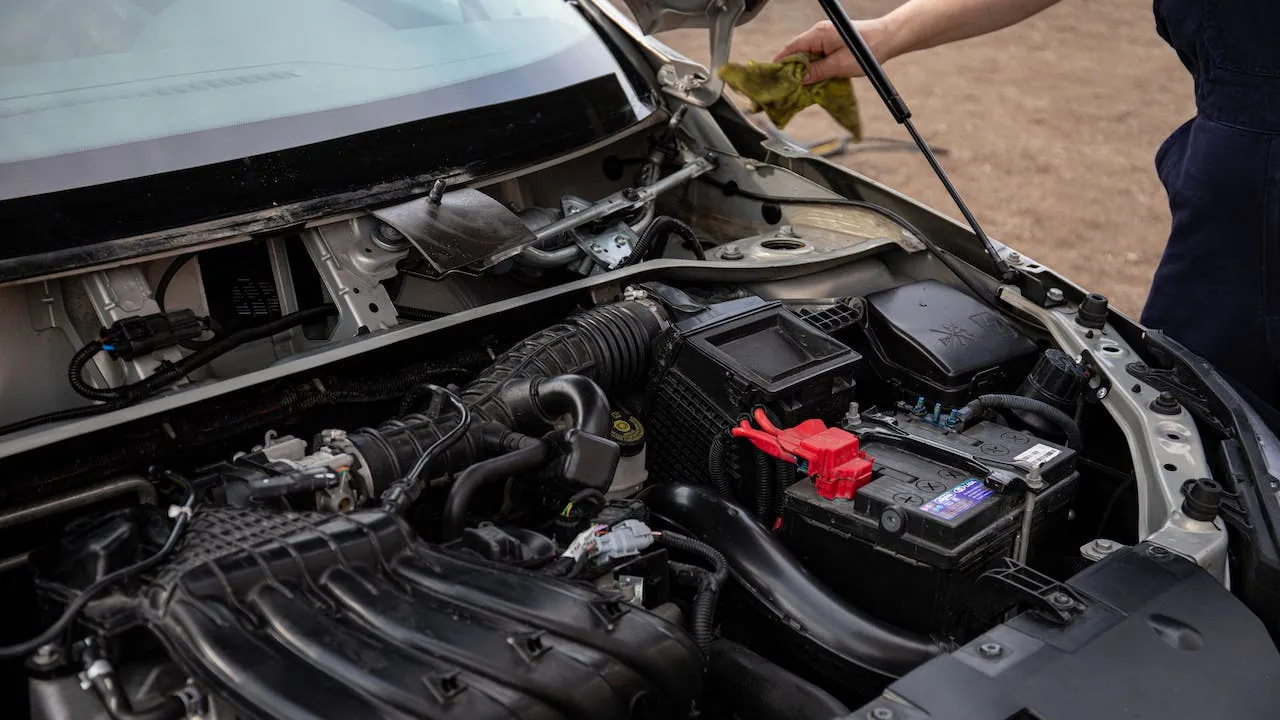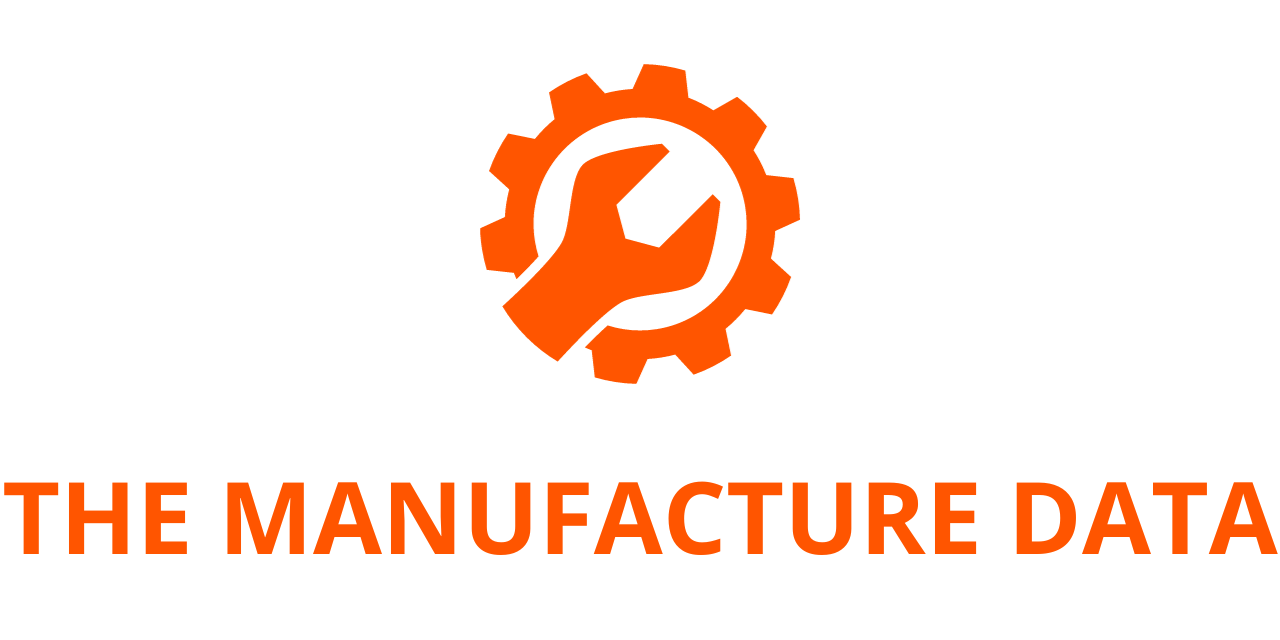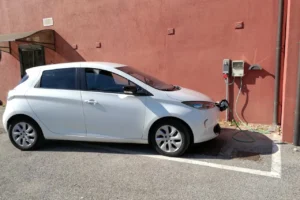
The global automotive battery operation system( BMS) request size is anticipated to grow from USD4.7 billion in 2023 to USD11.7 billion in 2028, at a CAGR of19.8 from 2023 to 2028 The automotive BMS request has been classified by the element, system type, battery type, topology, operation, and region. The request by factors has been classified into tackle and software. By system type, the request has been segmented into standalone BMS and integrated BMS. The battery type member request is divided into lithium-ion batteries, lead-acid batteries, and others. Battery operation systems are critical for covering multiple battery-related measures such as voltage, current, charge, power, health, and safety. Within the automotive assiduity, battery-powered vehicles are divided into three orders passenger, marketable, and other vehicles, which cover a wide range of operations similar as passenger buses, motorcars, exchanges, e-bikes, two-wheelers, and three-wheelers.
Several factors are propelling the fashionability of EVs which include environmental enterprises, advancements in battery technology, an expanding charging structure, and others. Hence as the relinquishment of electric vehicles rises encyclopedically, demand for automotive BMS is anticipated to grow in the cast period. Major players penciled in this report are as follows Eberspacher( Germany), Sensata Technologies, Inc.( US), AVL( Austria), LG Energy Solution( South Korea), Ficosa Internacional SA( Spain), Leclanche SA( Switzerland), Nuvation Energy( US), Futavis GmbH( Germany), AMP( US) and others. Modular topology member is projected to grow at loftiest CAGR during the cast period A modular arrangement is also called decentralized, star, or master and slave’s topology. Each cell board handles a specific number of cells in the modular structure. Communication interfaces are employed to connect the master control board with the slave board that helps control the operations of the system. The modular armature in an automotive BMS consists of two topologies- master-slave and peer-to-peer.
The modular BMS armature offers a trade-off between the advantages and downsides of centralized and distributed topologies. utmost manufacturers prefer modular topology as it offers good computational power and is safe as it doesn’t bear expansive line harnesses. The request in North America is anticipated to grow at a significant CAGR during the cast period The North American automotive BMS request is further segmented into the US, Canada, and Mexico. With the perpetration of numerous clean energy enterprises similar to net zero emigrations, across the region, the demand for electric vehicles, plug-in mongrels, and cold-blooded vehicles is rising. The governments of major countries in the region are taking enterprises similar to furnishing impulses and subventions to propel the relinquishment of EVs in their countries. Battery-powered vehicles similar to electric vehicles, e-bikes, and automated guided vehicles are presently in high demand in the US.





